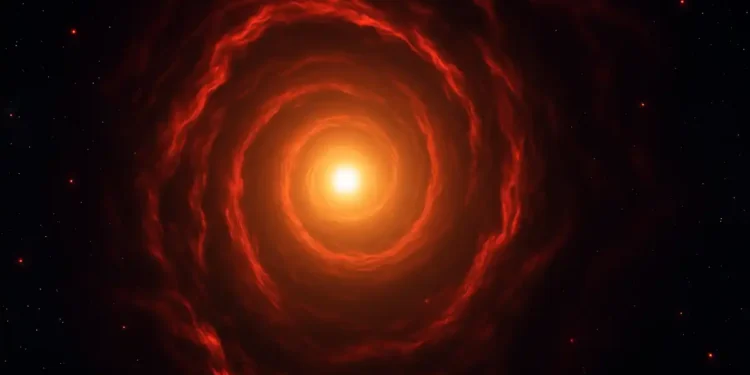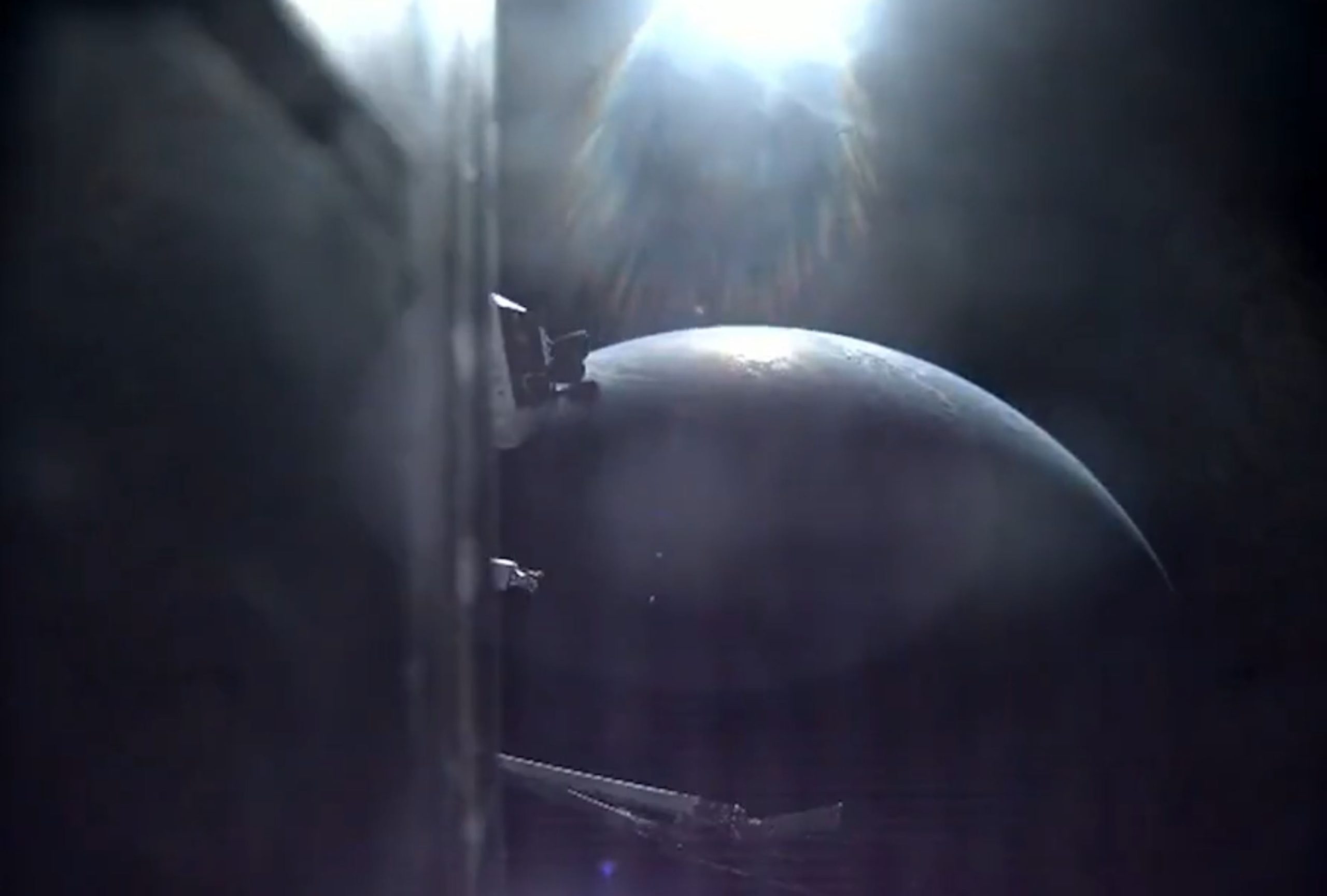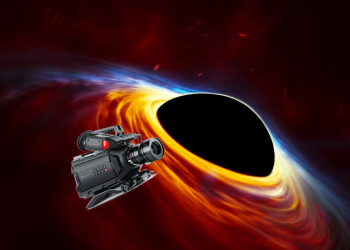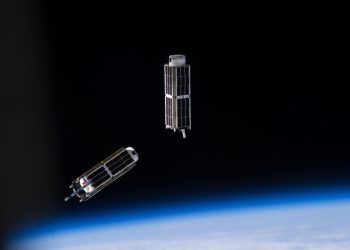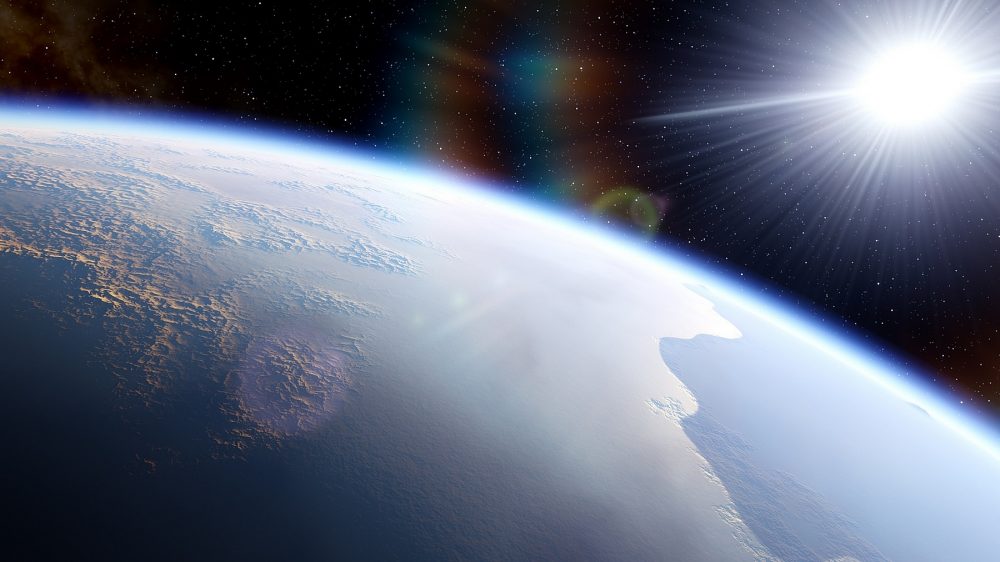Astronomers analyzing data from the James Webb Space Telescope (JWST) have identified a puzzling group of faint red objects in the distant universe. Dubbed “little red dots” (LRDs), these compact sources appear so far away that we’re seeing them as they were over 13 billion years ago—just a few hundred million years after the Big Bang.
What makes them especially curious isn’t just their color or distance—but what they might be. According to new research, these signals could be coming from very young black holes growing at full throttle.
When scientists examined the light from these red objects, they noticed something strange: the spectra were unusually stretched. This stretching, caused by the Doppler effect, happens when light-emitting gas moves incredibly fast—more than 1,000 kilometers per second—around a central point.
Such speeds are usually only seen near black holes, specifically at the heart of young galaxies, where gravity pulls gas into a swirling disk. That’s how active galactic nuclei (AGN) typically behave. But here’s the twist—these LRDs don’t emit strong X-rays or radio waves, which are usually trademarks of AGNs.
So, what gives? To dig deeper, researchers analyzed 12 of these little red dots using high-resolution data from JWST. They compared the signals to detailed simulations of black holes surrounded by rapidly spinning disks and thick clouds of gas.
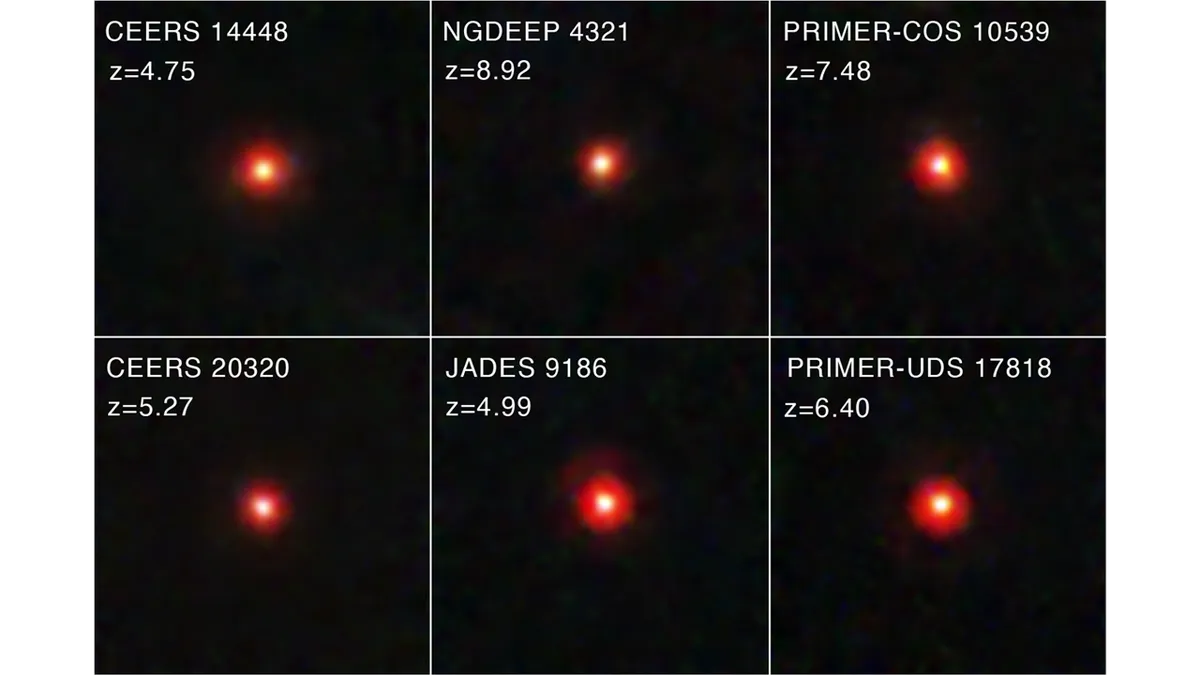
Their models suggested that if the surrounding gas is packed with free-floating electrons, it could block X-ray and radio emissions, making the black hole appear muted in those wavelengths. At the same time, it would still glow brightly in infrared light, which JWST is designed to detect.
The catch? To shine this brightly through such a thick veil, the black hole would need to be devouring matter at nearly the fastest rate allowed by physics—a threshold called the Eddington Limit.
Are we witnessing black holes in their teenage years?
If this theory is correct, LRDs could represent a rare glimpse of young supermassive black holes just beginning their cosmic journey. Unlike their massive older cousins that weigh billions of times more than our Sun, these newborns are still small—ranging from 10,000 to a million solar masses.
Once they’ve consumed enough surrounding gas and the shroud of ionized matter begins to clear, these LRDs would likely evolve into the brighter, more familiar types of AGNs we see closer to home.
This could also explain why we don’t detect LRDs in the nearby universe—they’re a phase of black hole growth that happens quickly and early, making them hard to spot unless we look far back in time.
The discovery of these potential baby black holes could change how we understand the growth of massive galaxies and the early structure of the universe. As JWST continues to survey the cosmos, more of these mysterious dots may come into focus.



